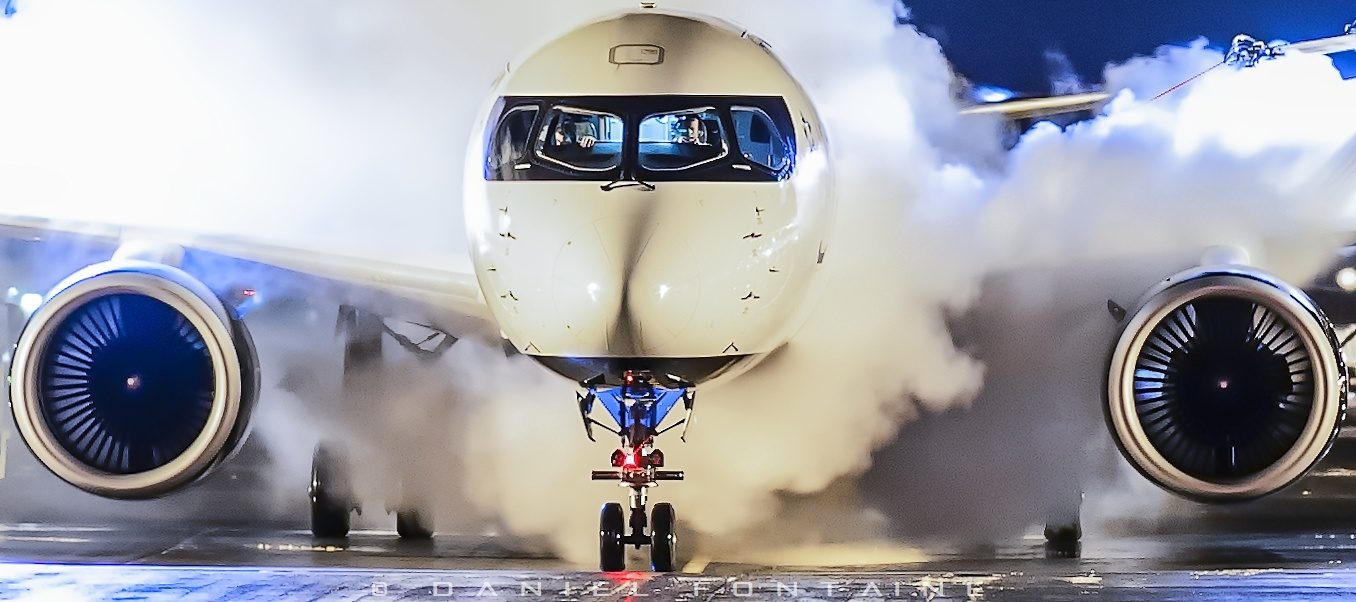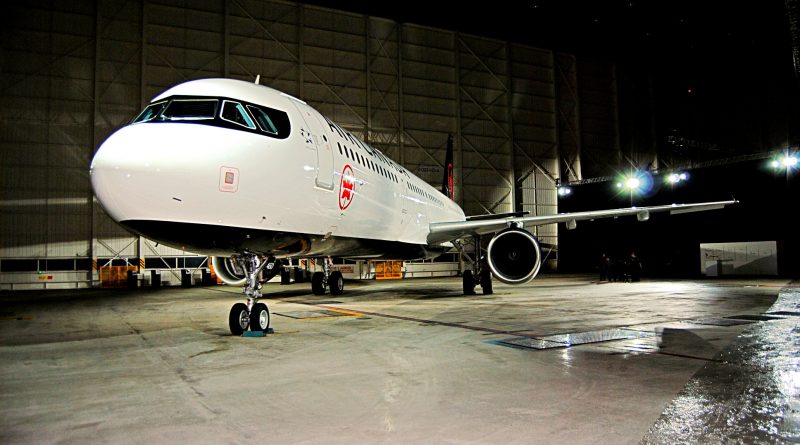Air Canada-Airbus update
The publication of our article about the discussions between Air Canada and Airbus raised a lot of interest. A person familiar with this matter with the carrier contacted us. His comment was as follows: “It is very very premature to suggest that there are discussions between Airbus and Air Canada on A321s”.
OK, I am taking good note. But if discussions have not started, the needs remain and the options are limited. In my opinion, it is only a matter of time.
On December 11, 2013, Air Canada announced that it had chosen the 737MAX over the A320neo. The firm order was for 61 aircraft with rights and options for 48 more for a total of 109 MAX.
The loss of this historic A320 customer had caused quite a shock to Airbus. In the weeks that followed, several heads rolled into the North American marketing division. Getting Air Canada’s customer ship back then became the goal of senior management for the European giant.
Air Canada’s needs
The aging fleet of Air Canada’s B767-300ER requires an increasingly urgent replacement. The middle of the market aircraft market includes aircraft between 200 and 300 passengers in size. The range of these aircraft is between 3,500nm and 5,000nm.
With a capacity of nearly 200 passengers, the 737MAX9 was to meet part of Air Canada’s needs in this market segment. But in 2018 the company postponed the delivery of its first MAX9 to 2023. In the same year, the carrier bought 4 used A330-300 as well as 4 used A321ceo. It became more and more evident that the MAX9 was not suitable and that Air Canada was looking for another solution.
Purchasing used A321 and A330 was an important strategic choice for Air Canada; initially, it made it possible to respond quickly to its middle of the market needs. It also allowed Air Canada to keep Airbus as a viable option in this market segment. The airline could then wait for Boeing to launch the B767 replacement program in order to compare with the Airbus offer.
The offer
Boeing has continued to procrastinate and has yet to announce a mid-size replacement aircraft. In theory, the MAX9 and MAX10 are an option, but in reality they are not competitive. Their range is only 3,500nm or less and this is their main shortcoming for the middle market. These two MAX variants have had very few orders in the past two years.
At the top of the middle of the market, the B787-8 can meet demand. The eight Air Canada aircraft are configured in three classes and have a capacity of 255 seats. But the heavy weight of the 787 means that it is not optimized for short distances.
Meanwhile, Airbus has completed development of the A321LR and launched that of the A321XLR. They have a respective range of 4,000nm and 4,500nm. With its two variants, sales of the A321 exceeded that of the A320 for the first time in 2019.
Airbus also offers the A330-800 with a capacity very similar to the 787-8. But neither is it optimized for distances of less than 5,000nm. So far, the A330-800 has only had 14 firm orders. On the other hands Airbus has a big advantage over Boeing and it is the cost. The A330 has been in service since 1994 and its development cost has been reimbursed. For the neo version, Airbus only has to absorb the re-engine costs.
The order
The order would be for a mix of 25 A321LR-XLR and A330neo.
The wide body market is slow right now and it’s a buyer’s market. Several airlines are reviewing their short and medium term needs. For the A330neo, Air Canada would therefore be very interested in buying delivery slots at a good price.
The A321LR and XLR would replace the 11 B737MAX9 whose order will be relegated far in the time. In Air Canada’s latest management’s report discussion and analysis an there is important information regarding the MAX order. On page 49 of this report, it reads:
” Air Canada has been in discussions with Boeing and is seeking to settle the terms of an arrangement in relation to grounding of the Boeing 737 MAX aircraft. Until such time as an arrangement is finalized, information regarding the outstanding purchase commitments for aircraft is subject to change. “
Air Canada has therefore decided to limit the number of B737MAXs it will integrate into its fleet to 50. It would no longer intend to exercise its options and rights to purchase the initial order from MAX.
The MAX crisis at Air Canada
Despite the MAX flight ban, Air Canada has managed to maintain more than 97% of its service offer. But to get there, the company had to go out of its way and this situation cannot last forever. If the MAX flight ban continues, Air Canada will have to find new solutions. Here is what the CFO, Mr. Mike Rousseau, said on this subject last Tuesday *:
“I think – I mean, Cameron, we’ve looked at different scenarios internally. I think we’ve got fairly good flexibility to probably the end of the year. And then after that, it becomes a little more challenging because maintenance costs will go up and some of these planes need to go back to lessors because of that reason. But certainly, I think we’ve got reasonable flexibility up until the end of the year.”
Mr. Rousseau’s statement means that Air Canada will find it difficult to continue using current solutions in 2021. The company must therefore consider longer-term alternatives. These solutions take longer to deploy and will have to be decided well before the end of 2020. June 30 is therefore an important date for the future of MAX in the Air Canada fleet. If Boeing is still working on problems by this date, Air Canada will have to find a more lasting solution.
* Seeking Alpha, transcript of Air Canada management conference call, February 18, 2020.


